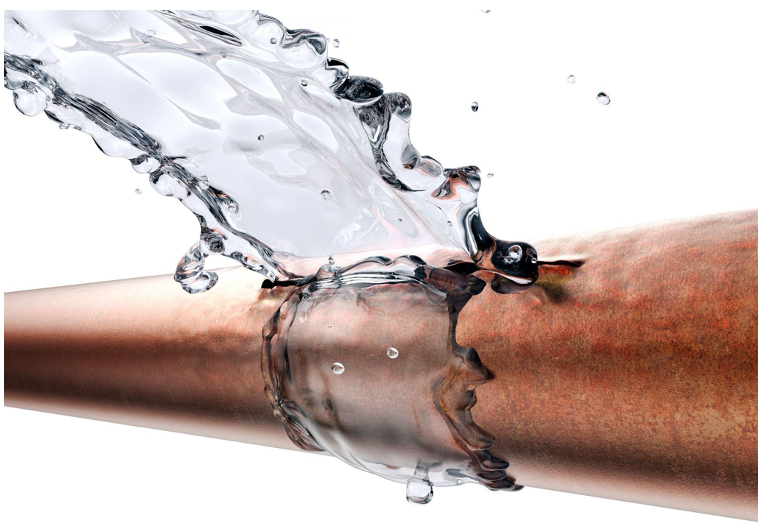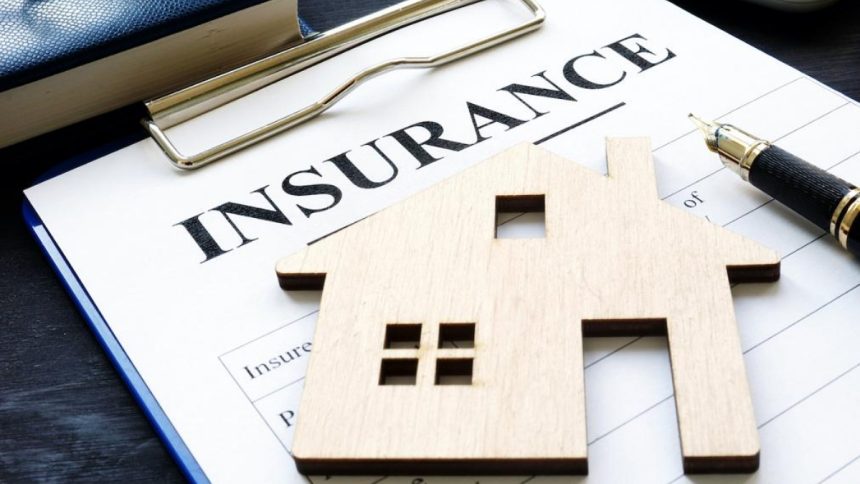Water damage is a common yet potentially devastating issue that can affect any home. Recognising the importance of water damage coverage in a home insurance policy is crucial for any homeowner aiming to protect their investment. Water damage can arise from numerous sources, including weather-related events, faulty plumbing, and everyday accidents involving household appliances. Without adequate insurance coverage, homeowners may face significant financial burdens when attempting to recover from these incidents. This article explores the key considerations homeowners should understand when evaluating water damage coverage in their home insurance policies. This knowledge is essential for making informed decisions, ensuring appropriate coverage, and protecting one’s home effectively.
Understanding the Basics of Water Damage Coverage
Water damage coverage acts as a safeguard within home insurance policies, protecting homeowners from the financial fallout of water-related incidents. Distinguishing water damage from flood damage is essential, as these terms are often used interchangeably but refer to different types of coverage.
Typically, water damage is defined as harm caused by water that occurs within the home, such as a burst pipe or a leaky appliance. Conversely, flood damage refers to water entering the home due to external factors like heavy rain or overflowing bodies of water, which usually require separate flood insurance. Standard home insurance policies often include water damage but exclude flood damage unless a specific endorsement is added.
Common exclusions and limitations in water damage coverage are vital to note, as they may influence claim approval. Standard policies often exclude damage due to long-term neglect or lack of maintenance. For instance, mould resulting from a hidden leak over months might not be covered. Additionally, sewage backup or water seepage is often not included, requiring separate policy riders for coverage.
Understanding these distinctions helps homeowners prepare for possible scenarios and ensures their insurance aligns with their risks.
Types of Water Damage Covered by Home Insurance
Home insurance policies typically cover several types of water damage, though it’s important to confirm specifics with your provider. Commonly covered damages include:
Burst Pipes: This often occurs during freezing temperatures when pipes expand and burst due to pressure buildup. Insurance can cover repair costs and water damage to affected areas.
Appliance Leaks: When dishwashers, washing machines, or water heaters malfunction and cause leaks, resulting in damage to floors and walls is generally covered. It’s wise to have regular maintenance to reduce the risk and ensure coverage.
Roof Leaks from Storms: Damage caused by a storm that leads to a roof leak and subsequent water damage inside the home is typically covered. However, the insurance may not cover gradual leaks or pre-existing damage.
Understanding what’s covered in water leak insurance is essential, as coverage often hinges on meeting specific conditions. For example, the damage usually needs to be sudden and accidental, and homeowners must demonstrate that they’ve conducted regular maintenance.
Many homeowners extend their coverage with endorsements or riders to cover additional risks, like sewage backup or increased coverage limits. These options can offer peace of mind, especially in older homes or areas prone to certain risks.
It’s also crucial to understand how gradual versus sudden water damage impacts claims. Most policies cover sudden damage but exclude issues that have developed over time due to a lack of maintenance. Familiarising yourself with these stipulations can aid in proper home upkeep and maximise insurance benefits.

Factors Affecting Water Damage Coverage
Several factors can significantly influence the options and costs associated with water damage coverage. Understanding these can help homeowners make better choices when tailoring their policies.
• Home Age, Location, and Condition
The age and condition of a home play pivotal roles in determining the available coverage options and their cost. Older homes may have outdated plumbing systems, increasing the likelihood of complications, while homes in flood-prone areas might face higher premiums or require additional riders for sufficient coverage.
Furthermore, insurers may impose stricter requirements or offer different deductibles and limits based on where a house is located. Coastal or low-lying areas, for example, often necessitate distinct considerations due to higher water-related risk factors.
• Preventative Measures
Implementing preventative measures can not only safeguard your home but also positively influence coverage eligibility and potentially lower premiums. Regular plumbing checks, maintaining basement sump pumps, installing water sensors, and ensuring proper roof maintenance are practical steps to minimise risk. Some insurance companies offer discounts to homeowners who invest in these preventative measures, acknowledging their proactive approach.
• Previous Claims
Previous claims filed for water damage can affect future coverage aspects, including the cost. Multiple claims may lead to higher premiums or even coverage denial. It is worthwhile to strike a balance between filing a claim and paying out-of-pocket for minor repairs, as well as to implement measures that can reduce future incidents.
• Policy Deductibles and Limits
The policy deductible directly impacts out-of-pocket expenses during a claim. Opting for a higher deductible usually equates to lower premiums but requires greater immediate expenditure when filing a claim. Homeowners should evaluate their financial capacity to handle such costs before deciding on deductible levels. Likewise, insurance limits set the maximum payout for covered incidents. Ensure these limits reflect the home’s potential repair or replacement expenses to avoid out-of-pocket burdens exceeding expectations.
Filing a Water Damage Insurance Claim
The steps involved in successfully filing a water damage claim require attention to detail and prompt action to ensure everything proceeds smoothly. Here’s a straightforward guideline:
1. Immediate Action: As soon as water damage occurs, take immediate action to prevent further damage. This might include shutting off the water supply, mopping up excessive water, and using fans to dry out wet areas.
2. Documentation: Take thorough photographs of the damage before initiating any significant cleanup or repairs. Detailed documentation helps substantiate claims by clearly depicting the extent and cause of the damage.
3. Notifying the Insurance Company: Report the damage to your insurer promptly. Most policies require immediate notification, often within a specified timeframe, to ensure claim eligibility.
4. Professional Assessment: An adjuster may be appointed by the insurer to evaluate the damage. Homeowners might consider hiring an independent assessor for an impartial analysis to ensure a fair settlement.
5. Interaction with Adjusters: During the claims process, maintain open communication with the adjuster. Understand how assessments will be conducted, what documentation is required, and prepare any queries related to the claim.
Several potential challenges might arise during the claims process. Disputed claims, assessments lower than expected, and lengthy processing times are not uncommon. Maintaining comprehensive records, being persistent, and understanding the policy thoroughly can alleviate some of these challenges. Confidence and clarity in communication are key.
Tips for Choosing the Right Water Damage Coverage
Selecting the appropriate water damage coverage involves careful evaluation of insurance providers and available policies. Considering coverage options methodically can make a significant difference when claims are needed.
Start by evaluating different insurance providers. Look for companies with strong reputations for customer service and fair claim settlements. Online reviews, testimonials, and industry ratings can offer insights into an insurer’s reliability.
Questions to ask insurers about water damage coverage might include:
– What specific types of water damage are covered under this policy?
– Are there any endorsements available to extend coverage?
– How do deductibles affect premium costs and claims procedures?
– Can preventative measures or lack of previous claims reduce premiums?
Regularly reviewing and updating your policy is vital as your home and personal circumstances change. renovations, additions, changes in house occupancy, or an increase in personal property value could each warrant a policy reassessment to ensure comprehensive coverage remains in place.
Additionally, consulting professionals like insurance brokers or financial advisors can provide valuable insights. Brokers can access multiple policies across various insurers, allowing homeowners to compare and select the most suitable coverage options available.
Conclusion
Water damage can pose a substantial risk to homes, but armed with the right coverage, homeowners can mitigate this threat effectively. Understanding what water damage coverage entails, recognising its limitations, and proactively maintaining one’s home are reliable ways to ensure comprehensive protection. Evaluating insurance providers, asking the right questions, and staying informed about your policy details are crucial steps in securing the right coverage. Homeowners ought to take initiative in periodically reviewing their policies, adapting coverage as necessary, and staying vigilant for any signs of potential water damage. By doing so, they safeguard not only their physical dwelling but also their financial wellbeing. It is an investment worth making, providing peace of mind and security in the face of water-related incidents. Reviewing current policies should be a homeowner’s immediate call to action, ensuring that their treasured home remains protected against the unforeseen.
Lynn Martelli is an editor at Readability. She received her MFA in Creative Writing from Antioch University and has worked as an editor for over 10 years. Lynn has edited a wide variety of books, including fiction, non-fiction, memoirs, and more. In her free time, Lynn enjoys reading, writing, and spending time with her family and friends.















